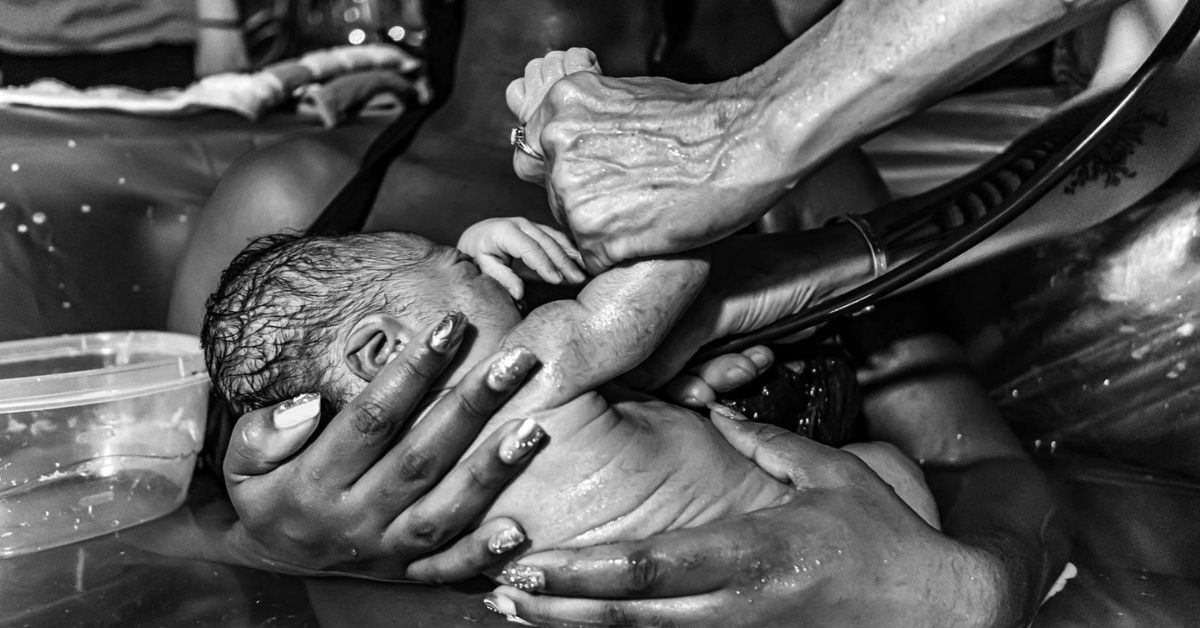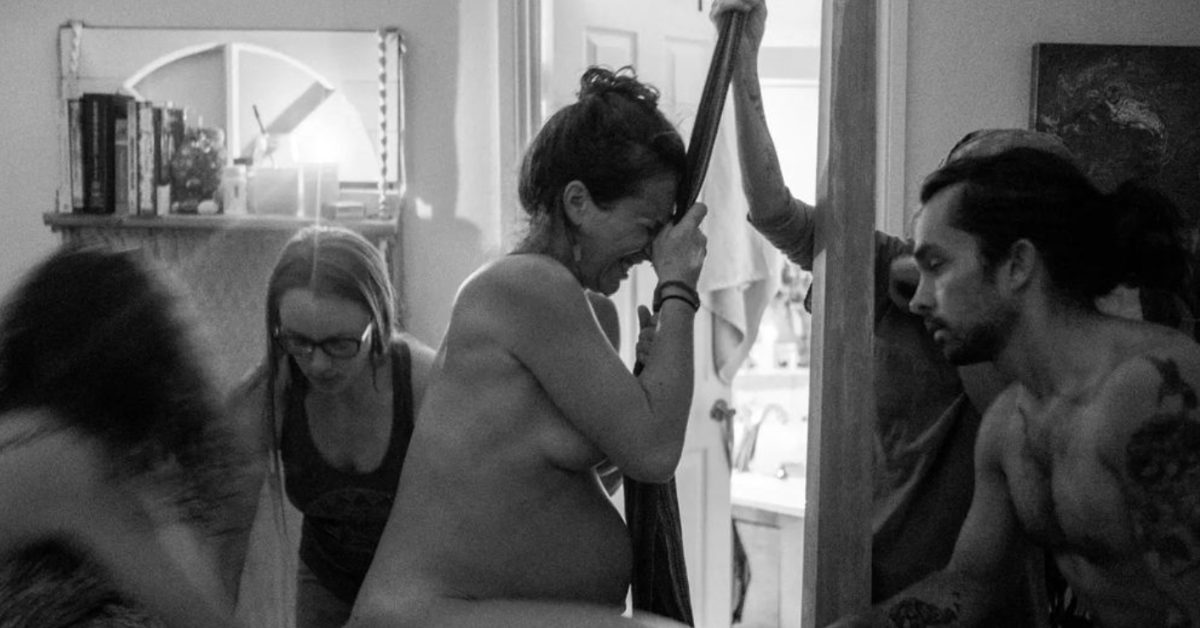What is Shoulder Dystocia?
Shoulder Dystocia is a birth complication that happens during vaginal delivery. When this occurs, one or both of the baby’s shoulders get stuck inside the mother’s pelvis during labor. This causes a stall in the delivery process, which can be life threatening. In most cases, babies born with this complication are delivered safely. However, it can cause problems for both the baby and mother.
Shoulder dystocia happens in 0.2 to 3 percent of pregnancies, and sadly, is unpredictable and unpreventable. When complications happen during labor, doctors turn to urgent cesarean delivery or surgery to avoid further issues. Although this may work in most cases, urgent cesarean delivery or surgery cannot correct this condition.
Continue reading below for answers to all questions regarding this topic.
Frequently Asked Questions:
What Does Shoulder Dystocia Look Like?
When Shoulder Dystocia occurs, the fetal head is delivered but the shoulders are not seen and are not being delivered with normal maneuvers. In other words, this delay in labor causes the baby to be trapped mid delivery. When this is happening, your midwife or provider tries to move your body and baby into better positions to continue natural delivery.
The shoulder of the baby normally gets stuck behind the mothers pubic bone or sacrum. During this delay, the baby cannot breathe and the umbilical cord may be squeezed or wrapped around the baby’s neck. It is dire that everyone stays calm but acts quickly and efficiently to prevent further complications. The midwife will ask the mother to cease pushing so she can reposition her and the baby as needed.
Why Does This Happen?
Shoulder Dystocia can occur during any vaginal birth, and without warning. Some of the most common causes for this are that the baby is too big, the baby is in the wrong position or the mother being in a restricting position. Oftentimes, your midwife or provider will change the mothers position to help free the shoulders from the pelvic area.
It is nearly impossible to predict the risk factors of whether or not your baby will have this complication, but there are some things that can make it more likely. This includes:
- Shoulder Dystocia occurred during previous pregnancies
- Fetal Macrosomia (having a larger baby)
- Having twins or multiple babies
- Mother is overweight
- Mother has diabetes
- Labor induced
Although these factors may increase the risk of a baby being born with Shoulder Dystocia, it is not clear why some pregnancies experience this complication while others do not. One statistic states that women with a history of having a delivery with Shoulder Dystocia are 10- 20 percent more likely to have a recurrence.
What are the Complications?
Although most mothers and babies may not experience any further issues regarding this complication, it can bring about further issues. When delivering a baby with Shoulder Dystocia, a midwife or provider may have to break the baby’s collarbone to help with removal of the shoulders. This is a last resort, but may be necessary. This is only one risk that may come from this condition.
Further risk for the baby may include:
- Fractured collarbone (clavicle) or arm
- Fetal brachial plexus injury
- Lack of oxygen to the body
- Brain injury due to lack of oxygen (this is rare)
- Loss of baby (this is rare)
Further risk for the mother may include:
- Maternal hemorrhage/ postpartum hemorrhage
- Repairs for episiotomy or tearing during delivery
- Uterine rupture
Can You Prevent or Treat Shoulder Dystocia?
Like we touched on above, Shoulder Dystocia is extremely unpredictable and there is very little prevention. Being mindful of potential risk factors like diabetes and watching your weight during pregnancy are all things to help lower your chance of complications during labor. At Midwife360, we recommend our mothers to give birth lying on their side or on all fours to help natural movement of the delivery process. This will help prevent complications like Shoulder Dystocia.
It is important to inform the expecting mother about the complications and risks of Shoulder Dystocia. As well as reassure her that, as a midwife, we are trained thoroughly on how to deal with these complications in the safest and most efficient way for the safety of you and your unborn child.
If You Have Further Questions
If you have any questions unanswered or need more information contact us at Midwife360. At Midwife360 we provide holistic gynecology and pregnancy services, including home and water birth to women throughout South Florida. Our mission and practice is designed to meet the individual needs of each woman and expecting family we care for. We believe women should be informed and educated about their healthcare options for routine care, family planning and birthing.






